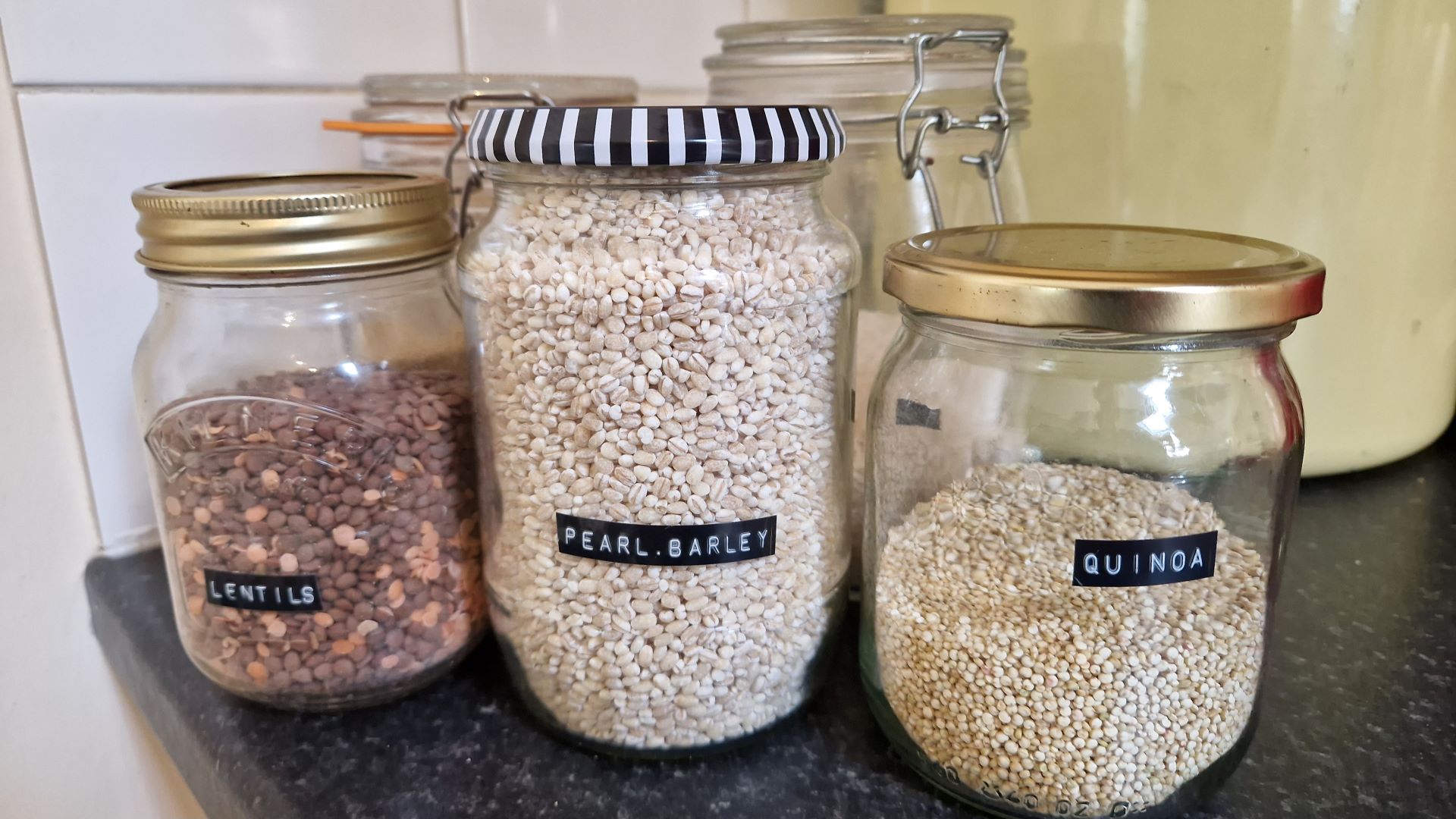
Getting enough fiber in your diet can feel like a gargantuan task, but it doesn't have to be. If you don't like eating fiber-rich grains like brown rice, you can increase the fiber content of your white rice by adding in a cup of quinoa.
Quinoa contains a whopping 5g of dietary fiber per cup, while white rice contains a meagre 0.6g. Unfortunately, quinoa is quite an expensive ingredient, so doing a straight trade of the ingredients is a costly swap.
However, if you take a cup of standard white rice, split it into thirds and replace one third with quinoa, you'll be able to increase the overall fiber content, but keep the flavor and texture of your rice intact. Quinoa also cooks in the same time as white rice, so you can throw them all in the same pot (maybe even add some frozen peas if you're feeling fancy).
I'm always on the look out for ways to improve my fiber intake, so I decided to test out this simple cooking hack—here's my verdict.
Recipe verdict
To cook this recipe, I brought two cups of water to the boil and added one cup of the rice and quinoa mixture, maintaining the quantities outlined above.
I thought that the texture of the mixed grains would be different to that of the white rice alone, but was surprised to find the change barely noticeable. Quinoa is a relatively small grain in comparison to rice, with very little flavor, so despite the boost of fiber, minerals and protein it brought to my meal, it didn't really alter the taste.
As well as being high in fiber, quinoa is a complete protein in it's own right (which is rare for a plant-based source) meaning it contains all nine of the essential amino acids the human body needs to run. This is definitely a simple cooking hack that I'll be adding into my weekly meal plan.
Start your week with achievable workout ideas, health tips and wellbeing advice in your inbox.
Why you should eat more fiber
Fiber plays an important role in our digestive health, but it can also be a great tool for weight loss. This is because it's a bulking agent, that can help you feel fuller for longer.
"As fiber helps slow down digestion and makes you feel full, it may help you lose weight,” says sports dietitian and director of Dietitian Fit & Co, Karine Patel.
"Viscous fibers, such as the ones found in legumes, oatmeal, sweet potatoes, asparagus, and Brussel sprouts, slow the emptying of your stomach, and delay digestion and absorption times. This results in you feeling full, with less appetite and therefore helps you lose weight by eating less."
Despite its health benefits, most people don't eat enough fiber. A report by the American Society for Nutrition indicates that only 5% of men and 9% of women getting the recommended daily amount of fiber.
The USDA recommends consuming 25g of fiber per day for women and 38g for men. If you're falling short of this figure, give the above recipe a try.

Karine Patel is a director of Dietitian Fit, member of the Health & Care Professions Council (HCPC) and the British Dietetic Association (BDA). She holds a Bachelor of Science in Nutrition & Dietetics from McGill University in Montreal, Canada, and a Master of Science in Nutrition & Dietetics.

Lou Mudge is a Health Writer at Future Plc, working across Fit&Well and Coach. She previously worked for Live Science, and regularly writes for Space.com and Pet's Radar. Based in Bath, UK, she has a passion for food, nutrition and health and is eager to demystify diet culture in order to make health and fitness accessible to everybody.
Multiple diagnoses in her early twenties sparked an interest in the gut-brain axis and the impact that diet and exercise can have on both physical and mental health. She was put on the FODMAP elimination diet during this time and learned to adapt recipes to fit these parameters, while retaining core flavors and textures, and now enjoys cooking for gut health.
